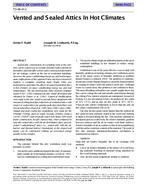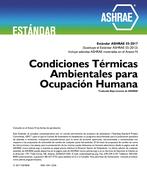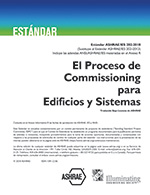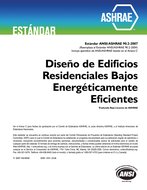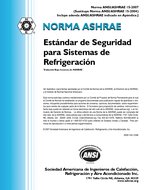Description
Sealed attic construction, by excluding vents to the exterior, can be a good way to exclude moisture-laden outside air from attics and may offer a more easily constructed alternative for air leakage control at the top of residential buildings. However, the space conditioning energy use and roof temperature implications of this approach have not been extensively studied. A computer modeling study (Rudd 1996) was performed to determine the effects of sealed residential attics in hot climates on space conditioning energy use and roof temperatures. The one-dimensional, finite element computer model (FSEC 1992) contained an attic model developed and validated by Parker et al. (1991). Empirical modifications were made to the attic model to provide better alignment with measured ceiling heat flux reductions of ventilated attics with respect to sealed attics for summer peak days from three roof research facilities (Beal et al. 1995; Rose 1996; Fairey 1986). Annual and peak cooing day simulations were made for the Orlando, Florida, and Las Vegas, Nevada, climates, using a 139 m2 (1500 ft2) slab-on-grade ranch style house with wood frame construction. Results showed that, when compared to typically vented attics with the air distribution ducts present, sealed “cathedralized” attics (i.e., sealed attic with the air barrier and thermal barrier [insulation] at the sloped roof plane) can be constructed without an associated energy penalty in hot climates.
Units: Dual
Citation: Symposium, ASHRAE Transactions, 1998, Vol. 104, Part 2, Toronto, ON
Product Details
- Published:
- 1998
- Number of Pages:
- 12
- File Size:
- 1 file , 240 KB
- Product Code(s):
- D-7761
